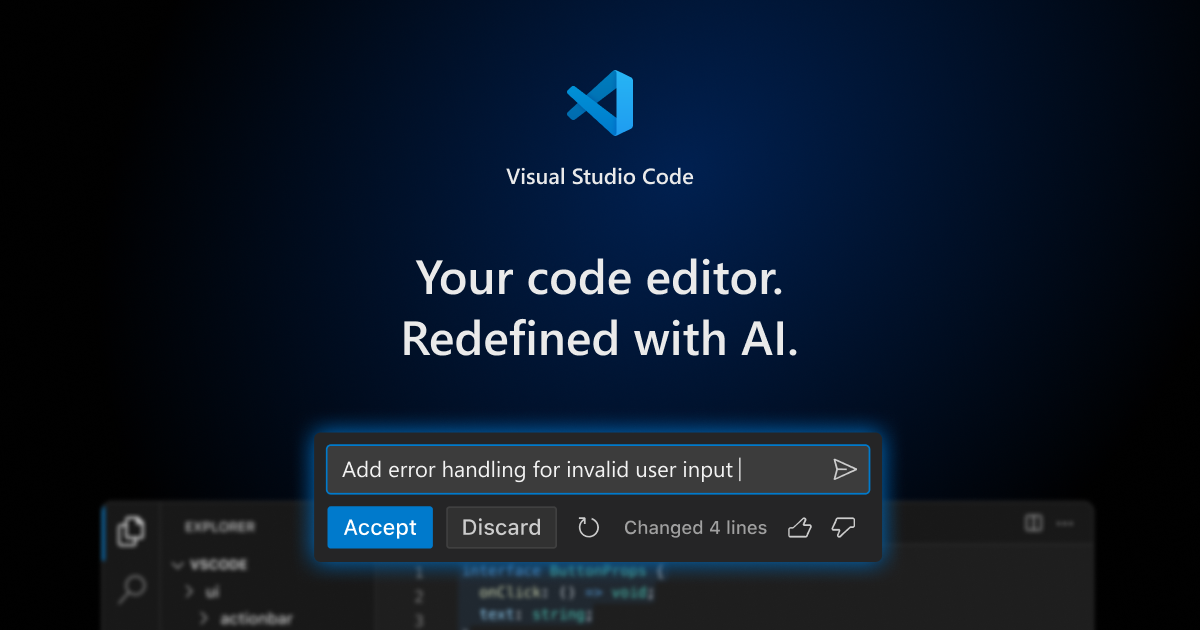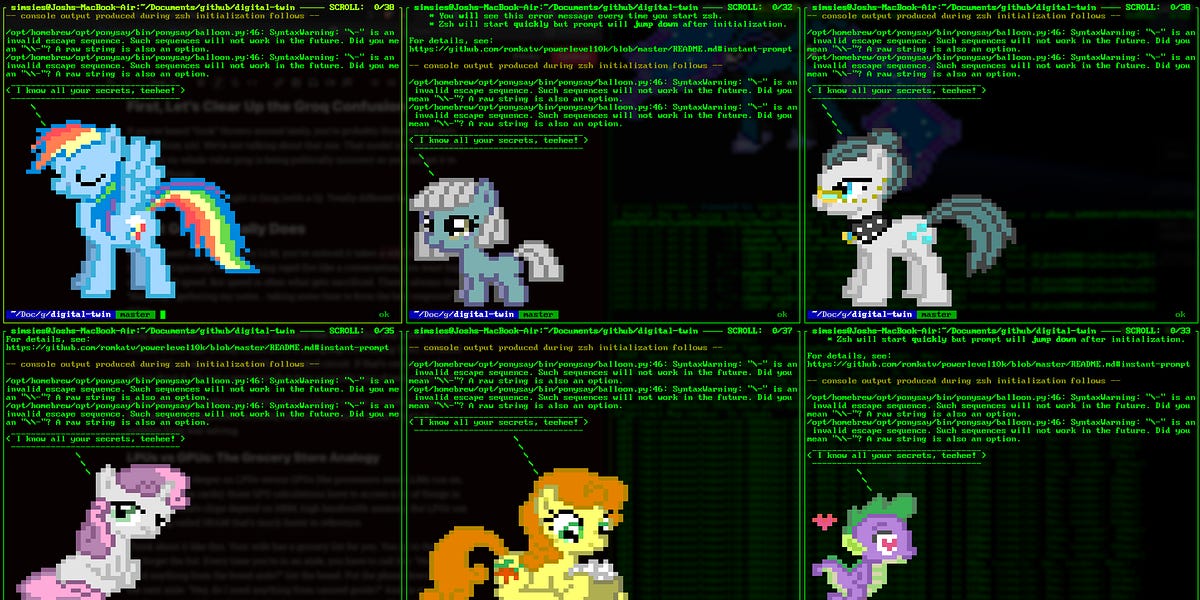AI Summarized Hacker News
Front-page articles summarized hourly.

Scientists performed the world’s first bespoke in vivo CRISPR gene therapy to save a newborn with CPS1 deficiency, a rare ammonia-buildup disorder. A nationwide team led by Rebecca Ahrens-Nicklas and Kiran Musunuru developed a targeted therapy tailored to the infant’s variant. After diagnosis, KJ received three doses over about three months, while on a protein-restricted diet. Within weeks of the first infusion, he tolerated protein and improved; he is now home. This milestone could scale to treat millions with genetic disorders and transform medicine.
HN Comments
Port Windows 2 to the Apricot PC/Xi (8086, not PC-compatible) in about 2.5 years. From a preserved Windows 1 port, the author built stub video, keyboard, and system drivers with the Windows DDK and relinked parts of WIN100.BIN/OVL into a Hercules display to drive the Apricot’s 50x25 monochrome screen. After fixes to SYSTEM.DRV cursor, Windows 2 boots on the Apricot (and in MAME) with 896 KB RAM and MS-DOS 3.20. Word for Windows and Excel for Windows run, alongside other apps, under ClearView. A notable, community-supported achievement.
HN Comments

Nvidia engineered a $20B deal with Groq that buys its IP and leadership but leaves GroqCloud and the company as a stand-alone, effectively sidestepping traditional M&A scrutiny. Nvidia pays for Groq’s IP and talent while not acquiring the company, using a non-exclusive licensing structure to avoid CFIUS/antitrust reviews. Groq’s LPU SRAM-based architecture delivers deterministic, energy-efficient AI inference at high tokens/sec, with no training and limited model size (14 GB SRAM per rack), making it attractive as DRAM costs rise. Beneficiaries include Groq’s VCs and executives; Groq employees and GroqCloud staff lose, while Nvidia gains a foothold and regulatory relief.
HN Comments

Clock synchronization in distributed systems is hard: there is no global clock, and drift from temperature, aging, and manufacturing causes skew that can wreck builds, databases, logs, and traces. Core approaches: Cristian (central time server), Berkeley (consensus-based adjustments), NTP (stratified sources; ms on Internet, µs on LAN; limited by asymmetry), and PTP (hardware timestamping for sub‑µs). Logical clocks: Lamport (causality only), Vector clocks (full causality, O(N) space). Spanner’s TrueTime uses GPS+atomic clocks to provide time intervals with a commit-wait for external consistency; Cockroach/Yugabyte use Hybrid Logical Clocks. Choose by required accuracy, latency, and complexity; handle anomalies and leap seconds.
HN Comments
Central banks are diversifying official reserves away from USD. The USD share of foreign-exchange reserves fell to 56.9% in Q3—the lowest since 1994—while USD-denominated assets held by foreign central banks rose to $7.41 trillion. Total reserves reached $13.0 trillion; euro assets $2.65T; yen $0.76T; GBP $0.58T; CAD $0.35T; AUD $0.27T; RMB $0.25T. Non-traditional currencies combined rose to 5.6% of reserves, while RMB share has been slipping since 2022. The euro holds ~20% since 2015; USD remains the largest reserve currency, but its dominance is waning.
HN Comments
Cleartext signatures in PGP are problematic: while readable, they can be altered by formatting or terminal escapes, so the signed text seen may not be what was signed. Verification requires processing with a PGP tool to reveal the actual signed content. The article provides commands (gpg --verify -o signed.txt message.asc and gpgv -o signed.txt message.asc) and notes gpgv checks against trusted keys. It covers history from the 1990s to RFC2015 and urges using detached signatures or PGP/MIME instead of cleartext signatures due to security pitfalls.
HN Comments

Overview of VS Code 1.107 release with Copilot integration. Demonstrates refactoring a SolidJS app: extracting MailListItem into its own component, simplifying MailList.tsx while preserving accessibility and keyboard navigation. GitHub Copilot Cloud Agent initiates a pull request to implement the change. Separately, a Go-based image processing service implements a new /process/batch endpoint to handle multipart/form-data batch image processing, returning per-file results (format, dimensions, size) with counts and basic tests, and mentions possible future enhancements.
HN Comments
Could not summarize article.
HN Comments

Kyriakos Papadopoulos describes building a multi-site Kubernetes cluster across four European countries using his own ASN and IPv6 prefix, with BGP anycast routing, IPsec tunnels, and Cilium/BGP control plane. Architecture spans 20 nodes in NL, GR, Norway, Switzerland; 39 FRR BGP sessions, 4 Cilium BGP sessions; NAT64, dual-stack anycast with SNI routing; traffic reaches edge, then IPsec mesh to clusters. Upstream through Terrahost (Norway) and iFog (Switzerland) plus FogIXP route servers, receiving 234k IPv6 prefixes. Monitoring via Grafana/Thanos, LibreNMS; automation via GitLab CI/CD. Lessons learned: avoid multitasking, plan fundamentals; future: consolidate BGP in Cilium, more IXP peers, better docs.
HN Comments
The foggy rendering in Chrome came from an embedded ICC color profile in the PNG (likely Display-P3). Chrome color-manages; desktop viewers often ignore the profile and show sRGB. There was no gAMA issue. The fix is to convert the pixels to sRGB and embed an sRGB profile (for example: magick mogrify -profile /System/Library/ColorSync/Profiles/sRGB Profile.icc *.png). After conversion, Chrome matches the other apps' display.
HN Comments
They'll be back soon; they're on it.
HN Comments

Raymond Chen recounts a Windows XP support tale: playing Janet Jackson’s Rhythm Nation video could crash certain laptops, and even affect nearby machines, due to a resonant frequency in 5400 rpm hard drives. Manufacturers mitigated it by adding a filter in the audio pipeline to remove the offending frequencies. The post ties resonance to the Tacoma Narrows Bridge and shares follow-ups and reader comments questioning the anecdote’s veracity.
HN Comments

Dr. Josh C. Simmons argues Nvidia’s $20 billion purchase of Groq signals panic-driven consolidation in the AI hardware bubble. Groq’s LPUs promised ultra-fast, cheaper inference but failed to scale and deliver top-tier models, with revenue projections slashed from $2B to $500M. Nvidia mobilizes its war chest, vendor financing, and OpenAI deals to cement a monopoly as smaller rivals falter. The piece warns of a looming power bottleneck in data centers and cites MIT’s finding that 95% of enterprise AI efforts show no ROI, predicting a valuation crash in 2026 even as AI persists.
HN Comments

vyy is an ostree-based, immutable Arch Linux distribution by myyc, delivering a Fedora Silverblue–style system with Zen4 packages (CachyOS) and GNOME. No traditional package manager; updates are via ostree commits and deploys. The README describes install paths (ghcr.io image, reboot, optional secure boot), building zen4/zen3 variants, and scripts (build-vyy-root.sh, daily-build.sh). Core approach uses a pacstrap-like base, moves most of /etc into /usr, and allows customization via config/packages.conf or distrobox. It’s a work-in-progress, experimental but usable.
HN Comments
NMH BASIC is a tiny BASIC interpreter from the 1990s, about 4–5 KB, running in ~12 KB memory on DOS/CP/M. It includes BASYL-II, 8086 assembly, and a T3X/0 version; compiles to COM or runs from a Tcode machine. It ships simple programs (Mine Sweeper clone with a stackless floodfill, Hangman, Nim) and a 15-bit LFSR RNG. It uses hacks: single-character variable names, overlapping arrays, unit I/O, and IF without THEN, with # as NOT and no OR. NMH BASIC II/III tweaks precedence, LIST, string operators, baudot units; 2024 update.
HN Comments

Two engineers from National Design Studio built retire.opm.gov to replace decades of paper-based federal retirement processing. Facing a legacy, paper-driven system stored in an underground 'Mine' of 26,000 cabinets, they rebuilt the process in weeks, abandoning the failed PowerApps-based ORA approach and delivering a modern digital workflow. By June 2025 launch and August 2025 wide agency adoption, retirees see instant pre-filled applications using OPM data warehouses; 'Instant' processing is shown with prefill-and-verify approach. They see this as a blueprint for modernizing other government services and expanding across agencies, with future AI, dashboards, and integrations.
HN Comments

A floor identifier or building level labeled "Floor796."
HN Comments
Verdichtung is Zurich’s densification strategy: reuse and heighten existing buildings and close gaps instead of expanding outward. The author cites examples like converting former parking lots into dense housing or hotel-like blocks with concrete balconies facing each other. It can increase total living space but can reduce sunlight, privacy, and coziness in some units. Ownership has shifted from private individuals (41% in 2010 to ~31% in 2024) toward private companies, cooperatives, pension funds, or city rental stock. Zurich’s housing is expensive (UBS Bubble Index #3 in 2024). Benefits include 15-minute city reach and bike-friendliness; trade-off is density and privacy.
HN Comments
OrangePi 6 Plus is a high-performance ARM64 SBC with a 12-core CIX CD8180/CD8160 (Cortex-A720/A520) cluster, Immortalis-G720 MC10 GPU, up to 64GB LPDDR5, two PCIe 4.0 M.2 slots, dual 5GbE, and robust IO in a 115×100mm board. It includes a heatsink, a BIOS, and runs Debian Bookworm (kernel 6.1/6.6). Desktop is snappy; Vulkan 1.3 works but requires older kernel; upgrading breaks NPU support. Bluetooth needs fix. Can run Linux games via Box64; Docker-ready for servers; AI: 30 TOPS NPU but llama.cpp not yet supported. Price: ~$199 for 16GB. Verdict: powerhouse for the price, with software caveats.
HN Comments
Antonin tests Windows games on Apple Silicon with CrossOver, focusing on DirectX via D3DMetal and MSync. Modern titles like Routine run well; anti-cheat can block others. Watch Dogs 2 runs with tweaks (disable High Resolution Mode, 1080p). D3DMetal doesn’t support DX9, so Tron 2.0 uses DirectX 9 → DXVK → MoltenVK → Metal with a separate XP bottle. A missing msvcirt.dll blocks startup, fixed by a legacy XP bottle and DX9 runtimes. Compared with Linux Proton, macOS has more translation overhead; on CachyOS Proton all four launch. Conclusion: use DXVK for old games, D3DMetal+MSync for modern; anti-cheat limits persist.
HN Comments
Made by Johno Whitaker using FastHTML








